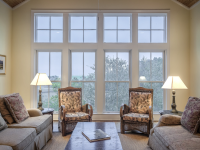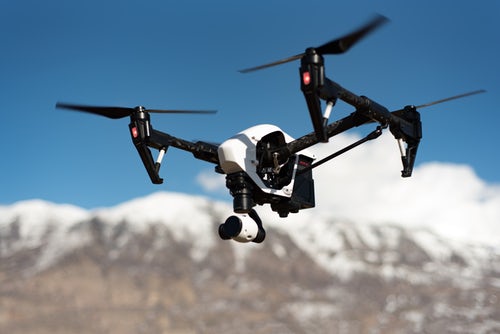UAV or Unmanned Aerial Vehicle is essentially remotely controlled machines. They are used by the military and various law enforcement agencies to carry out specific operation. There are different classifications of UAV, depending on the purposes and various characteristics. Consumer-level UAV usually has quadcopters design with integrated cameras and GPS functionality. It’s ideal for entertainment and casual photography purposes. Basically, there are four groups of UAV:
- Micro AV: Extremely small and light UAV.
- Low altitude, long endurance UAV
- MALE: Medium altitude, long endurance UAV
- HALE: High altitude, long endurance UAV
Military-grade UAV include Fire Scout, Predator and Global Hawk, they may be equipped with high-end cameras, satellite data link and radar, even laser designators and weapons.
Consumer-grade UAVs are classified into three types, depending on the functionality, prices, designs and sizes:
- Ready to fly: It’s the most common model for hobbyists and general public. Based on its name, ready to fly UAVs don’t need assembly. They come with full capabilities out of the box. Often, users only need to put it batteries and they are good to go. Despite their ease of use, ready to fly UAVs can be equipped with various advanced features. Latest quadcopters come with 12Mp or higher camera with 4k video recording feature. They may include video streaming capability at HD resolution. So, your audience can see what’s shown by the ready to fly UAV. They come with mobile app that can be installed on Android or iOS devices. The app may include a flight simulator feature to allow users to improve their piloting skills, without risking their UAVs. The flight time may vary for each model, but it is acceptable for a quadcopter to provide about 30 minutes of flight time.
- Bind and Fly: If you have a bind and fly model, first of all, you need to bind the UAV with the transmitter module, before the whole unit could take off from the ground. Bind and fly models are not meant for regular users, but acceptable for hobbyists who have necessary skills and knowledge in electronics.
- Almost ready to fly: These models need to be assembled before used. For quick and easy assembly, these models can be equipped with instruction manuals. Again, these models are ideal only for hobbyists and experts who already have the transceiver and receiver units.
Today, UAVs are available off the shelf from $50 to $3,000 depending on the size, features and build quality. Most quadcopters have durable and robust designs. If handled properly, they should last for years. When using UAV, it is important to use common sense. It’s highly dangerous to fly UAV near the flight paths of airplanes, near airports. UAV could hit control elements or cockpit. It could also destroy jet engines, when sucked inside. UAV owners should check no fly zones in their areas, because violations could result in hefty fines or even criminal prosecution. Users should improve their piloting skill to avoid crashing their UAV as well.


















